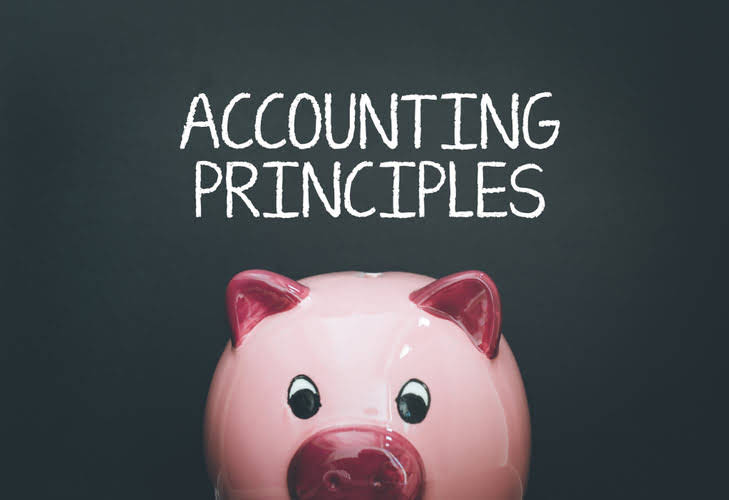
By understanding these principles, I help firms optimize their accounting practices while maintaining compliance. Both amortization and depreciation are systematic cost allocation methods designed to spread the cost of an asset over its useful life. Their purpose is to match the expense of using an asset with the revenues it helps generate. Both processes reduce the asset’s value on the balance sheet and create an expense on the income statement, ultimately impacting a company’s reported profitability.

Straight-Line vs. Accelerated Amortization
- Both amortization and depreciation are systematic cost allocation methods designed to spread the cost of an asset over its useful life.
- The specific accounting method used to spread the cost of an intangible asset over its useful life is called amortization.
- Both processes reduce the asset’s value on the balance sheet and create an expense on the income statement, ultimately impacting a company’s reported profitability.
- Accounting for this decline accurately represents a company’s financial performance and position.
- This creates a temporary difference between book and tax amortization, leading to deferred tax liabilities or assets.
- The primary method for allocating an intangible asset’s cost is amortization (for finite-lived assets) or impairment testing (for indefinite-lived assets).
These methods are to accrual accounting, which recognizes revenues and expenses when they are incurred, regardless of when cash is exchanged. The specific accounting method used to spread the cost of an intangible asset over its useful life is called amortization. Amortization systematically reduces the recorded value of an intangible asset on the balance sheet while simultaneously recognizing an expense on the income statement. This process aligns with the matching principle, an accounting concept that dictates expenses should be recognized in the same period as the revenues they help produce. Conversely, gym bookkeeping depreciation is the term used for allocating the cost of tangible assets, which are physical assets that can be touched and seen.

Cost allocation of an intangible asset is referred to as amortization.
Since goodwill has an indefinite life, it is tested for impairment annually. Under Section 197, most acquired intangibles are amortized over 15 years, regardless of useful life. This creates a temporary difference between book and tax amortization, leading to deferred tax liabilities or assets.
Not the question you’re looking for?
This term represents the process of spreading the initial cost of an intangible asset over its useful life. Accounting for this decline accurately represents a company’s financial performance and position. Spreading the cost of these items over their benefit period provides a clearer picture of profitability by matching the expense of using an asset with the revenue it helps generate. Explore how companies systematically spread the initial cost of their non-physical business advantages across their useful life. Most firms use the straight-line method, but some opt for accelerated amortization if the asset’s benefits decline over time. When Company A acquires Company B for $10 million, but net sales Company B’s net assets are worth $7 million, the $3 million excess is goodwill.

Struggling with Financial Accounting?
- Intangible assets are non-physical resources that provide long-term economic benefits to a company.
- Examples of tangible assets include buildings, machinery, vehicles, and office equipment.
- Allocating the cost of intangible assets requires a structured approach under US GAAP and IRS rules.
- This term represents the process of spreading the initial cost of an intangible asset over its useful life.
- Their purpose is to match the expense of using an asset with the revenues it helps generate.
Examples of tangible assets include buildings, machinery, vehicles, and office equipment. Intangible assets are non-physical resources that provide long-term economic benefits to a company. They lack a physical form but hold value due to the rights they confer or the competitive advantages they provide. These assets are often developed internally or acquired from other entities. The primary method for allocating an intangible asset’s cost is amortization (for finite-lived assets) or cost allocation of an intangible asset is referred to as impairment testing (for indefinite-lived assets). The cost allocation of an intangible asset is referred to as amortization.

As a finance professional, I often encounter questions about how businesses allocate the cost of intangible assets. Unlike tangible assets, intangibles lack physical substance, making their valuation and cost allocation more complex. Allocating the cost of intangible assets requires a structured approach under US GAAP and IRS rules. Whether amortizing a patent or assessing goodwill impairment, businesses must apply consistent methodologies to ensure accurate financial reporting.